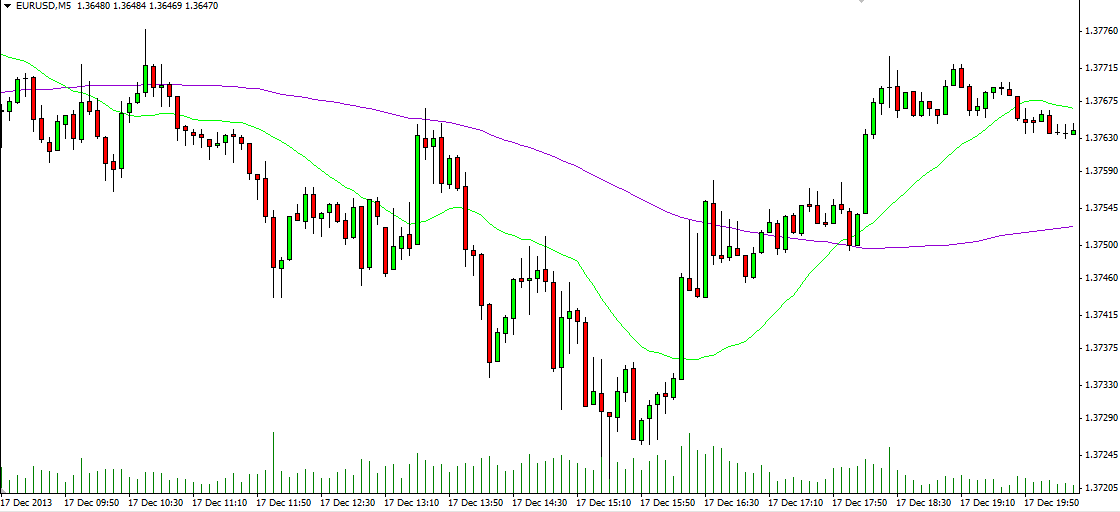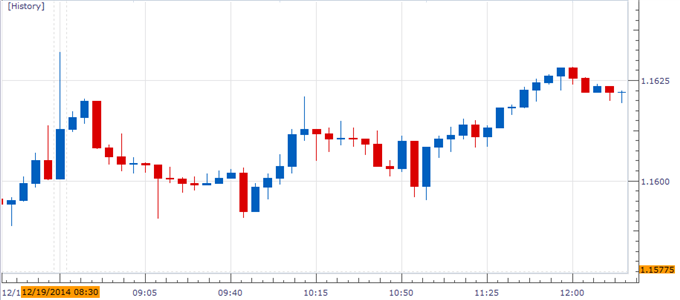CPI Consumer Price Index Forex Trading
Post on: 7 Апрель, 2015 No Comment

Data: Bureau of economic analysis
Release time: 8:30 Am Eastern standard time mid month
Frequency: Monthly
Source: Bureau of Labor statistics
Revisions: Annually
Why is it important?
The consumer price index is very important despite being a backward-looking indicator; it has a big influence on interest rates, the economy, and stock and bond prices. The CPI is used to make adjustments to cash flow mechanisms such as pensions, Medicare, adjustments to insurance policies among others. As a result, most investors will find that the CPI affects them directly in some way. Fixed-income investors should always be aware of the rate of inflation against which they judge their investments; it is imperative to keep current yields ahead of inflation, lest you risk losing your real wealth to inflationary deflections.
The Consumer Price Index for All Urban Consumers (CPI-U), calculated by BLS, provides a measure of the average change in the prices paid by urban consumers for a fixed market basket of goods and services relative to the price of that basket I accordance with the 1982-1984 period. The U.S. index is based on the prices of goods and services, including food and beverages, housing, apparel, transportation, medical care, recreation, education, and communication, that people buy for day-to-day living in urban areas across the country. U.S. data are published in the monthly BLS news release, Consumer Price Index. BLS publishes total Boston CPI data every other month.
How is it calculated?
The CPI compares a household’s cost for a specific basket of finished goods and services with the cost of the same basket during an earlier benchmark period the reference base being the average index level for 1982-84). The weight given to each basket item is fixed. Information regarding the consumer price indices of all products and services is gathered from the BLS and updated each year with the release of the January indices; seasonal adjustment factors are then calculated to reflect price movements from the previously completed calendar year. This annual recalculation may result in revisions to seasonally adjusted indexes for the previous 5 years. BLS makes available the recalculated seasonally adjusted indexes, as well as recalculated seasonal adjustment factors for the last 5 years.

How does it influence the forex trade?
Consumer price index is the obvious benchmark inflation guide for the American economy. As the widely used index to determine, the purchasing power of the dollar. It is no doubt the investors must consistently have their eyes fixed on the outcome of the CPI. It is thus obvious what effects inflation will have on the forex trade. Once the investors start feeling the effects of inflation they are bound to change their preferences on the economy to invest. In the event that investors opt to look for other places to take their investment, the currency is likely to loose demand and drop even further in value. Investors are very particular bout the inflationary effects on their investments. Think of an investor who receives about 10% in dividends on his/her investment then suddenly realizes thus the inflationary adjustment on the currency is at the same 10% or more. This situation would mean the investor gets nothing in dividends; at the same time, his/her investment would be loosing its real value. What other reason would compel such an investor to continue holding on to his shares? Such a situation would automatically a massive exodus from the country leading to a great drop in the demand for the local currency.
The government also keeps watch on the consumer price index, as the Federal Reserve Bank must try to stabilize the dollar. The state’s monetary policy should be made with these statistics in mind. There are several measures that the Federal Reserve Bank can take to ensure the CPI remains in acceptable standards; this may include increasing interest rates when the indices point towards high inflation rates and reducing the same if, the indicators point to the extreme opposite. In summary, the CPI has many uses. For example, according to the Bureau of Labor Statistics, it is used to adjust income payments to Social Security beneficiaries, the military and federal civil service retirees and survivors, and food stamp recipients. It is the main guideline in adjusting the federal income tax structure to prevent inflation-induced increases in taxes. All these actions have a very direct impact on the goings on at the forex trade market.
What Impact does it have on the stock market?
Stock market investors are the ones who keep their eyes close on the CPI because it is likely to have a very personal effect on each of their investments. The CPI is probably the single most important economic indicator available due to its independence and predictive nature. Many other indicators derive most of their value from the predictive ability of the CPI, so when this release arrives, many perceptions are confirmed true or false about the markets. This report will often move equity and fixed-income markets alike. It may even set a new course in the markets for upcoming months as investors shift their money from one sector to another according the facts derived from the CPI report.
The CPI is a very prominent insight into the direction that the Federal Reserve Bank will take in regard to the rates. The rates are a big indicator to the public on the status of the markets and raising them or reducing those clearly shows the investing public a hint on the likely direction of their shares. They will therefore adjust their strategies accordingly. Inflation is However not entirely bad for the economy, a reasonable rate of it is acceptable in order to trigger consumers and businesses towards spending decisions instead of holding their cash in waiting for lower prices. An annual range of 1% to 2% is tolerable, as it may not hurt bond prices. Just like inflation, high deflation resulting from lower-than-expected price index readings can raise the prices of stocks and bonds although there is a limit with stocks. At first, rising bond prices and falling bond yields enhance the relative attractiveness of stocks. However, stocks can suffer if deflation persists.














